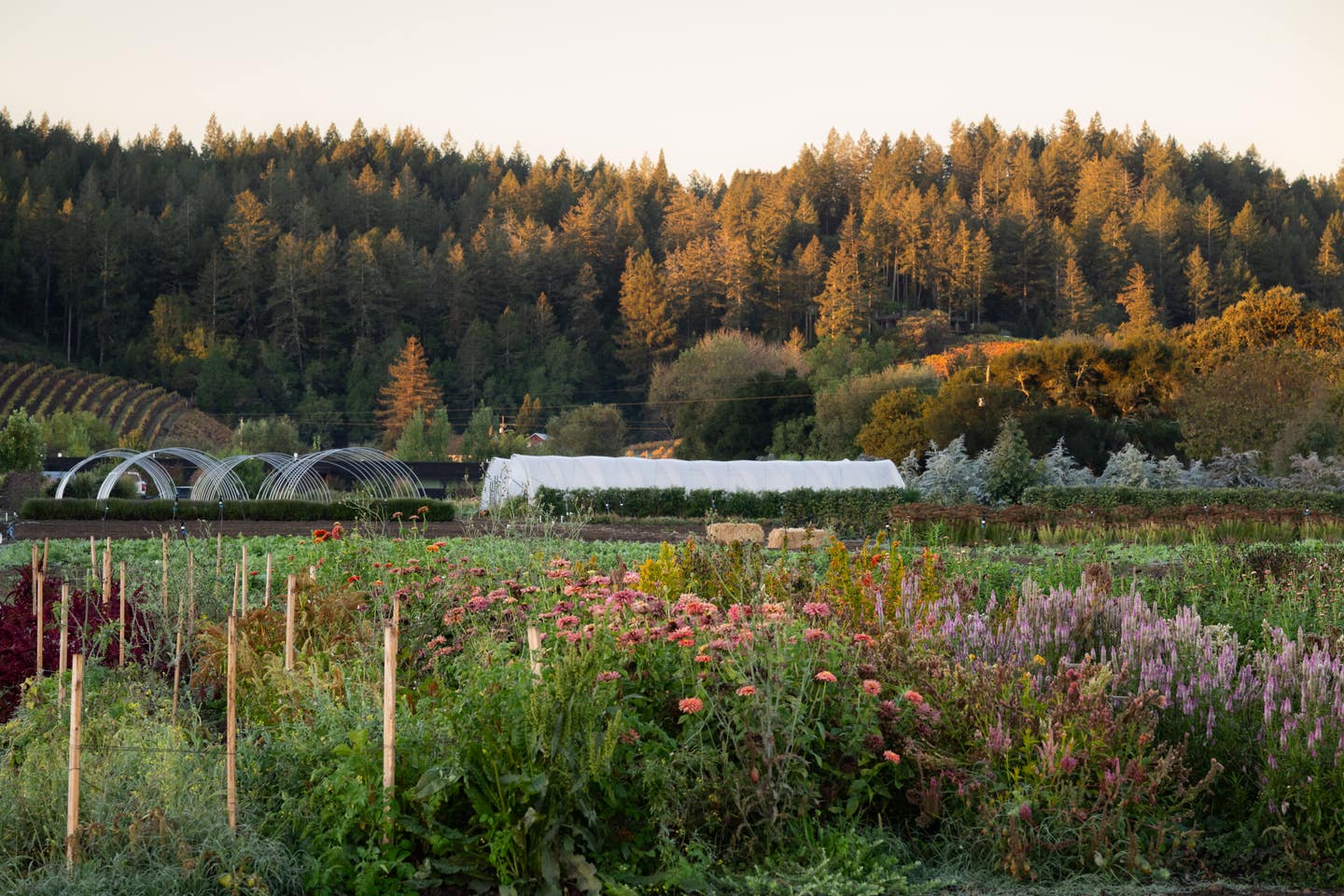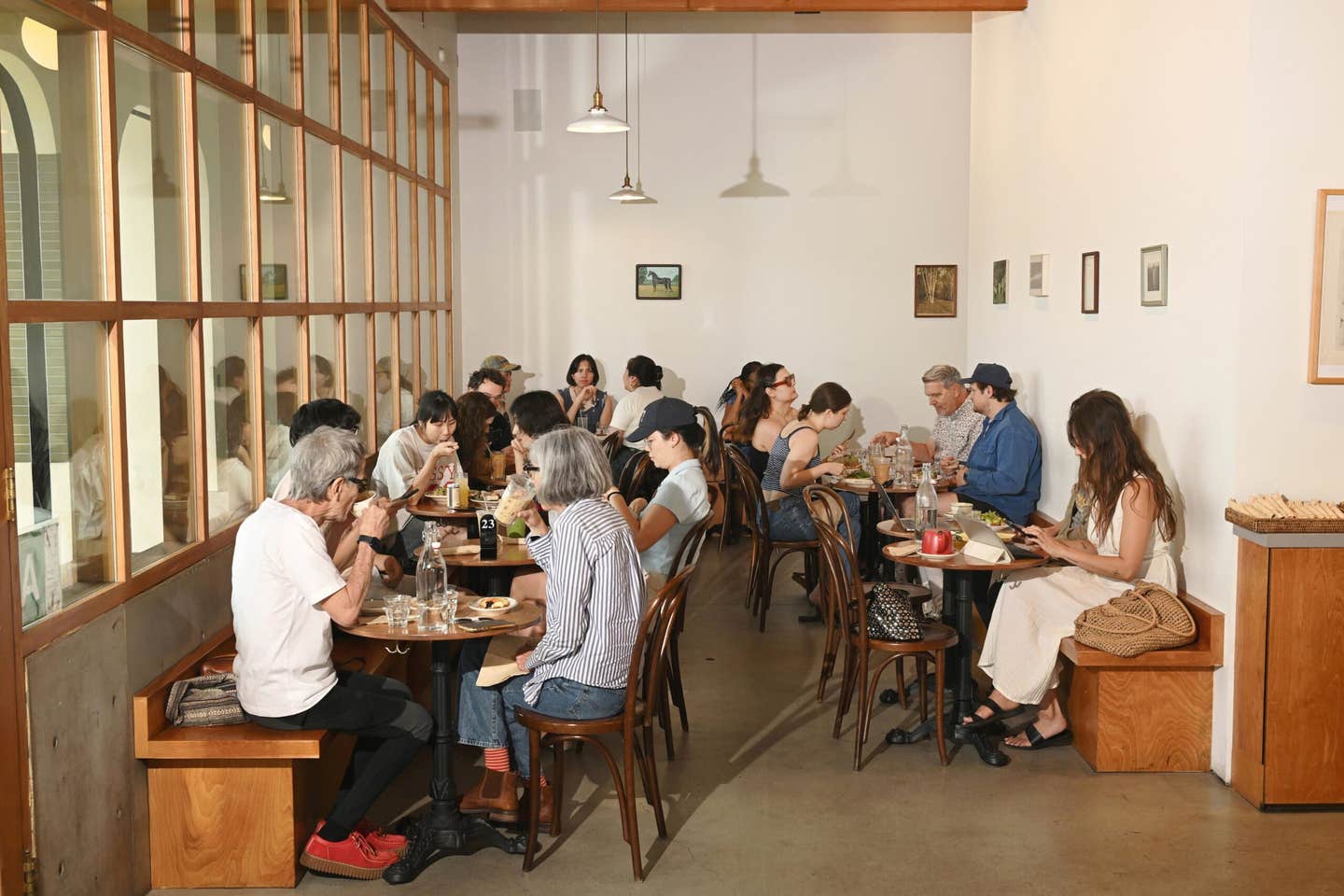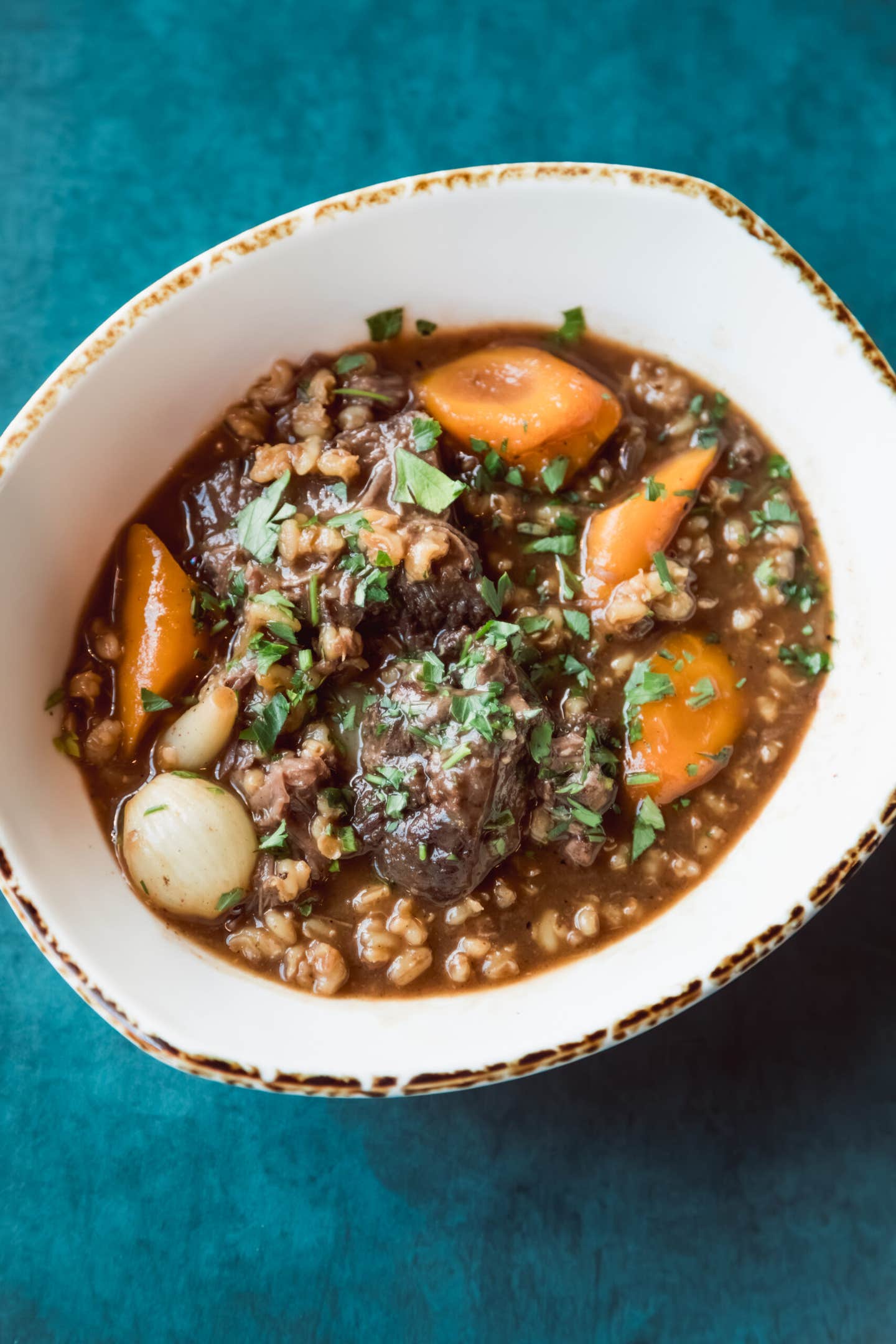The Essential San Gabriel Valley Restaurant Crawl with Johnny Lee of Pearl River Deli
Monterey Park, an “ethnoburb” and America’s first non-white dominant city, is just twelve miles east of LA’s historic Chinatown. It marks the beginning of this sprawling multi-generational and visibly Chinese-dominant region that grows all the way out to Diamond Bar. For many in Los Angeles, the San Gabriel Valley (SGV), has always been known as “that other Chinatown” or “the place with the good dim-sum,” but the restaurant scene there is quickly changing. Dim-sum banquet halls and decades-old Cantonese restaurants are closing and, in their place, trendy internationally-backed hot-pot places, mainland Chinese restaurants and boba chains are popping up.
Monterey Park, an “ethnoburb” and America’s first non-white dominant city, is just twelve miles east of LA’s historic Chinatown. It marks the beginning of this sprawling multi-generational and visibly Chinese-dominant region that grows all the way out to Diamond Bar. For many in Los Angeles, the San Gabriel Valley (SGV), has always been known as “that other Chinatown” or “the place with the good dim-sum,” but the restaurant scene there is quickly changing. Dim-sum banquet halls and decades-old Cantonese restaurants are closing and, in their place, trendy internationally-backed hot-pot places, mainland Chinese restaurants and boba chains are popping up.
In 2019, I took a break from chef life in restaurants and began my master's degree in cultural anthropology at Cal State LA. I was especially intrigued by a Los Angeles Times article by Lucas Kwan-Peterson, “The Vanishing Old School Chinese restaurants of San Gabriel Valley.” I wanted to understand the meaning and value of Chinese restaurants in SGV to their patrons and the ways in which restaurants represent a cultural geographic change in SGV. I ended up collaborating with 18 regular patrons of the SGV dining scene, documenting their feelings and memories as a way to understand the cultural significance of these restaurants.
One of my collaborators was Johnny Lee, chef, and owner of Pearl River Deli (PRD).
Johnny is deeply passionate about Chinese cuisine and SGV history and how both have changed over his lifetime. At one years old, Johnny moved with his family from Taishan, Guangdong to Lincoln Heights and shortly thereafter to SGV. He grew up in a Cantonese home eating the simple foods of his family’s region. His restaurant has received accolades from LA Times, NY Times, Eater, infatuation, and more. Pearl River Deli’s compact menu is everchanging, with a few mainstays like his famed Hainan chicken on weekends and his juicy roasted char siu pork. To his mind, Johnny’s evolving menu reflects what people want to eat.
“At first it was let’s cook Cantonese food because the number of Cantonese restaurants dwindles every year,” he says. “But now I feel there is so much to showcase about the rest of Chinese cuisine. I can use the modern sensibilities I learn in SGV and also keep traditional techniques alive. Cuisines aren’t static, they change.”
Opening up the menu to dishes beyond his Cantonese heritage has allowed Johnny and his team to keep it interesting for all generations, while still using techniques like wok-cooking to honor tradition.
As Johnny says, “At PRD, I want to focus on Chinese techniques. Ingredients will change due to climate change and agriculture but, as long as we keep the techniques alive, (these dishes) will help us retain our cultural identity.”
Johnny and I have kept in touch through the years, and he’s the person I turn to when I want to know what’s new in SGV. On a recent autumn LA morning, I met him for a late breakfast at his choice, one of the newer outposts of Kim Kee Noodle House on Valley Blvd in Rosemead.
Flanked by two hot pot places on each side, this location is more polished than some of their older locations. The interior is pristine and colorful with incense burning in the corner and two massive flatscreens hanging above the kitchen displaying both the news and a scenic view. Underlying the hum of guests' buzzing chatter, the sound system blasted an early 90s playlist featuring Whitney Houston. Almost every table was occupied by a solo diner, thumbing a newspaper, or a couple catching up. Johnny regularly visits Kim Kee Noodle house and has eaten his way down the menu. Here you choose a number from the long list of combinations for your protein and one of the six noodle options as your base. Johnny ordered #1—assorted meat and shrimp with rice noodles—and I ordered #4—beef with thick egg noodles, because who doesn’t want that for breakfast?
Johnny told me that Kim Kee Noodle is a classic Teochew noodle spot representing the long history of the Teochew diaspora and their presence in the SGV. The Teochew people have cultural roots in the eastern part of Guangdong province, the southern part of mainland China. They’re also one of the dominant groups of ethnically Chinese peoples throughout Southeast Asia including Singapore, Malaysia, and Cambodia. Many Teochew Chinese people were merchants and sailors that ended up in Thailand, Vietnam, and Cambodia. Now the population has spread across the world all the way to New Zealand and North America.
In minutes, our noodle bowls hit the table steaming and topped with an incredibly aromatic allium-infused oil, shrimp and beef, as well as bean sprouts and spring onions served in a little sidecar. The array of noodle choices and condiments on the table showed us the broad cultural influences Teochew cuisine had to offer. You could get either rice or wheat noodles—wheat has become normalized in Chinese cuisine—and the condiments on the table included everything from hoisin, chili pepper white vinegar to rooster sauce and an addictive lemongrass and garlic chili crisp, which I promptly used while Johnny pointed out the details that tell us this restaurant is Teochew.
“Because they speak so many languages,” he said. “They can blend in anywhere. For some it would be hard to guess they’re Teochew, but you can see it easily in the food, from the hot sauces to the noodles on the menu.”
At Kim Kee, some noodles dishes represent the introduction of wheat into Chinese cuisine, while others are made out of rice, with sauces that range from chili to modern-day Srirachas. Kim Kee Noodle easily flies under the radar of most foodies and food media because it’s so simple, yet the restaurant is a cornerstone of the community.
Over the last decade, SGV has experienced a serious influx of new money. It’s a somewhat unique phenomenon to the area, given the region has the country’s largest population of Taiwanese and Chinese Americans. When China’s economy does well, it’s felt and seen in SGV. The cars are nicer in the parking lots and the driveways, the houses are bigger and more expensive, and the lines are longer at the restaurants. If something is trending in China, it’s also trending in SGV. As a result, you can now see fewer Cantonese restaurants and more skewer or fancy hotpot places. This isn’t a coincidence. In 2020, The Journal of Asian Anthropology published an article by James I. McDougall, “Globalization of Sichuan Hot Pot in the New ‘Era,” in which he wrote about the cuisine’s rise to the global stage supported by government investment. In 1999, the Chinese government strategically invested in building a Chinese brand abroad under the “Go Global Initiative.” The local Chengdu government, with the support of the Chinese government, created the “Chengdu Sichuan Cuisines Overseas Promotion Center,” a gastro-diplomacy program that opened offices around the world to create a name for Sichuanese food overseas.
“I’m only an expert in what I know,” Johnny said. “And when it comes to new stuff, that’s when it feels like a whole new world. There’s a completely different social media that exists in Chinese in America. Because of my inability to read Mandarin or speak very well, it can feel like I don’t know what’s going on. Sometimes it feels like there are two separate economies and communities existing side by side (in SGV) and not mixing. There’s the Chinese Americans or Asian Americans that service the community and then there are the food businesses straight from China that often have first-generation customers.”
Language barriers, rapid modernization and globalization of Chinese practices can create a sense of disconnect for first, second, and third-generation folks in the region who were brought up in different cultural contexts. With the newest wave of mainland Chinese immigrants and businesses, there is now a whole different economy going on that Angelenos outside of SGV simply don’t experience. The socioeconomic change is not all about new money, but about contemporary mainland Chinese practices too. As we finished our noodles, Johnny said how this is not necessarily bad, especially for food and restaurants.
One good thing is that the ubiquitous stereotype of cheap Chinese food is slowly being chipped away as customers demand better quality ingredients. When dining at the new transplant hot pot chains like Xiao Long Kan Chinese Hot Pot or HaiDiLao, it’s rare to get out for under $50 per person. With the emergence and proliferation of these more elevated restaurants, there’s a clear link between China’s rise as an economic superpower and Chinese prosperity here.
Johnny hopes his inspiration can push people the extra ten miles to also experience this stellar food. In some ways his Pearl River Deli can be thought of as a portal to SGV.
JOHNNY’s HIT LIST:
Kim Kee Noodles: Teochew Combination Noodle
These restaurants serve a hearty breakfast for the working class. The Teochew style noodles come with endless combinations of beef, shrimp, seafood, fish and beef, and even beloved offal cuts. The special oil on top of the noodles is intoxicating in taste and smell, and the texture contrasts of the noodles and proteins are deeply satisfying for the savory breakfast lover.
For newcomers, Johnny suggests starting with the combination noodle (choose your noodle type and if you want soup on the side) but work your way through the menu over repeat visits to find the exact bowl of noodles meant for you. Sides of chive rice cakes are worth getting if you are extra hungry.
Another restaurant is Kim Chuy. As the oldest Teochew restaurant in Far East Plaza, it’s been open since the 1970s and is worth checking out.
Ho Kee Cafe: Roast Duck
One of the very few newer-generation Cantonese restaurants. Ho Kee has a smaller menu than most of its similar predecessors, but it does a few things right and roast duck is one of them. Unlike Peking duck, the skin is not as crispy but overall the Cantonese-style roast is more flavorful. If you’re a Peking duck person, you’ll swoon for this succulent duck.
Yunnan Restaurant: Anything from the cold table
An old mainstay on Garfield, this place is known for its cold table which is a buffet-style display filled with a mixed selection of cold marinated salads and dishes that are pre-prepared and ready for takeaway. Anything from the cold table can be eaten as an appetizer, with rice, or as a side to the rest of your meal. The menu is a glimpse into what you might find in the Yunnan region in Southwestern China bordering Laos, Myanmar, and Vietnam. The dishes can be on the spicier side and often feature fresh herbs and a variety of mushrooms. No matter your dietary restriction, the selections can range from the more vegetable-forward marinated cold cucumbers and julienned potatoes, to the more adventurous proteins such as sliced pork tongue, pig ears, and spicy chicken necks. There’s truly something for everyone here; best to just go and taste.
Chicha San Chen: Ding Dong Oolong Tea
A new generation of Taiwanese tea shops known for having award-winning freshly brewed tea drinks. Their locations boast their own teaspresso machine used to extract the best and most precise flavor of tea. The chain achieved the Highest International Authority iTQi certification (International Taste & Quality Institute in Brussels) which is like saying the tea is multi-Michelin starred.
Little Skewer: All the skewers
One of the hottest new Chinese millennial spots in town, according to Chinese social media. Beer towers and trays of shot glasses populate the tables and the single-bite skewers come ten or twenty to an order. Come early or be prepared to wait on weekend nights. The Chinese-inspired decor and raucous but fun atmosphere make this the perfect finger food and drinking spot.
LunAsia in Alhambra: Rice Paper Rolls
LunAsia is one of the few dim sum restaurants that continue to open locations, having just opened the third in Cerritos. Diners from all backgrounds love and respect dim-sum, the demand is high and the good stuff in LA is east of Chinatown. There are no carts at LunAsia as everything is made fresh to order. Here you have to get the rice paper roll.
As Johnny says, “It’s one of the most Cantonese things you can eat, and it takes a bit of skill to make a good one. The bad ones mean the rice sheet is too thick and too gummy or the soy sauce can be too sweet or too acidic because they add vinegar to it.”
The rice paper rolls can be ordered however you want them, with fillings such as shrimp and beef. It’s all perfectly balanced with the sticky-yet-smooth rice wrapper, and the salty/sweet flavors just slightly acidic from the touch of vinegar in the dipping sauces.
With some restaurants, you need to go for specific dishes and, at LunAsia, it’s that rice paper roll. Dim-sum restaurants are declining partly because the traditional dishes are extremely labor-intensive and require a very specific skill set to execute. Staffing and compensation are huge barriers to success for many dim-sum restaurants, leading to the closure of many the banquet halls over the last decade. Fortunately, LunAsia thrives.





